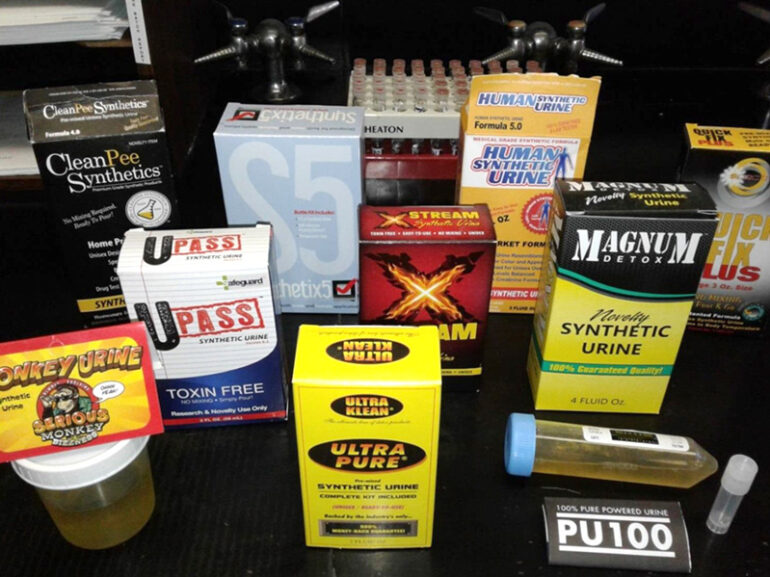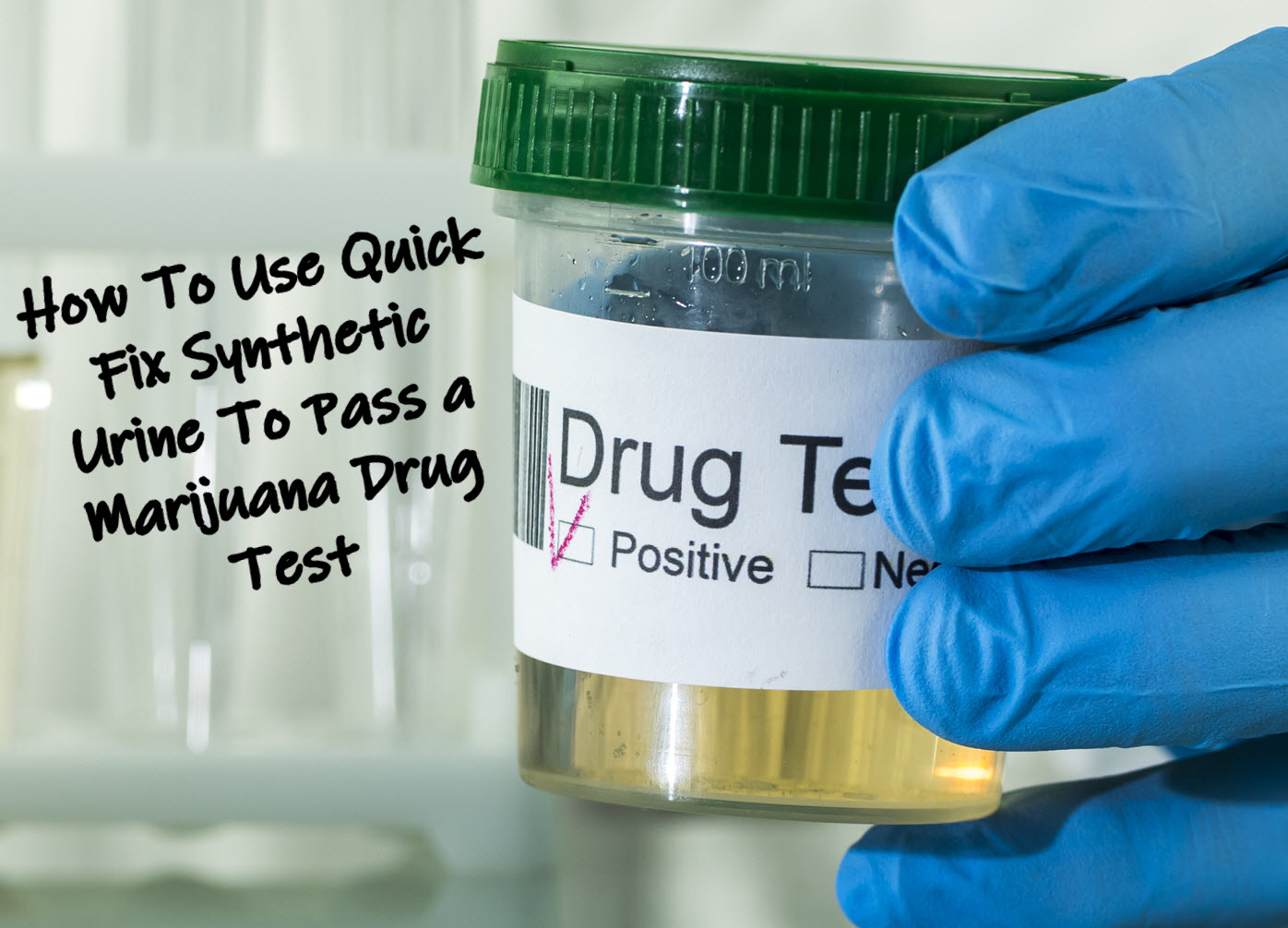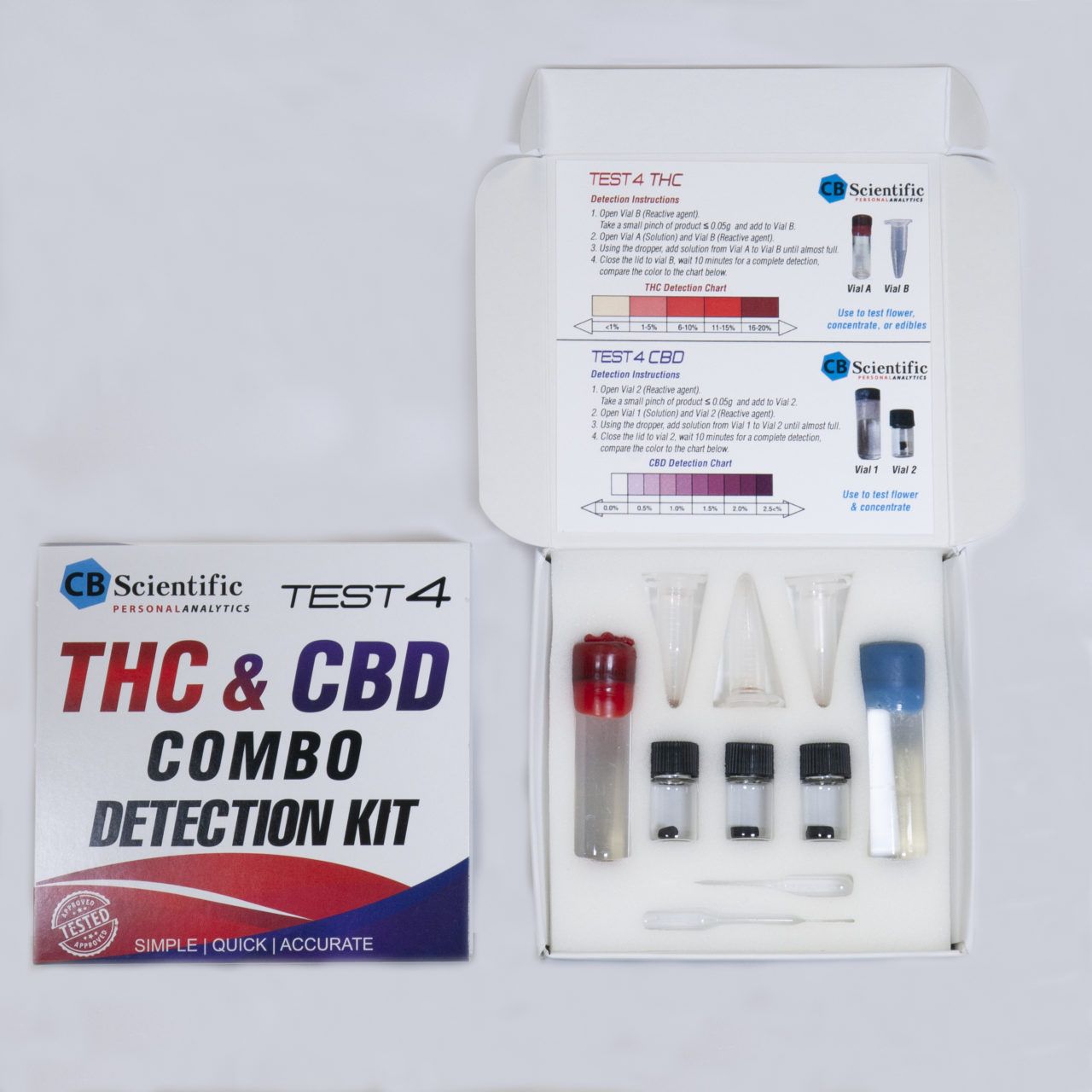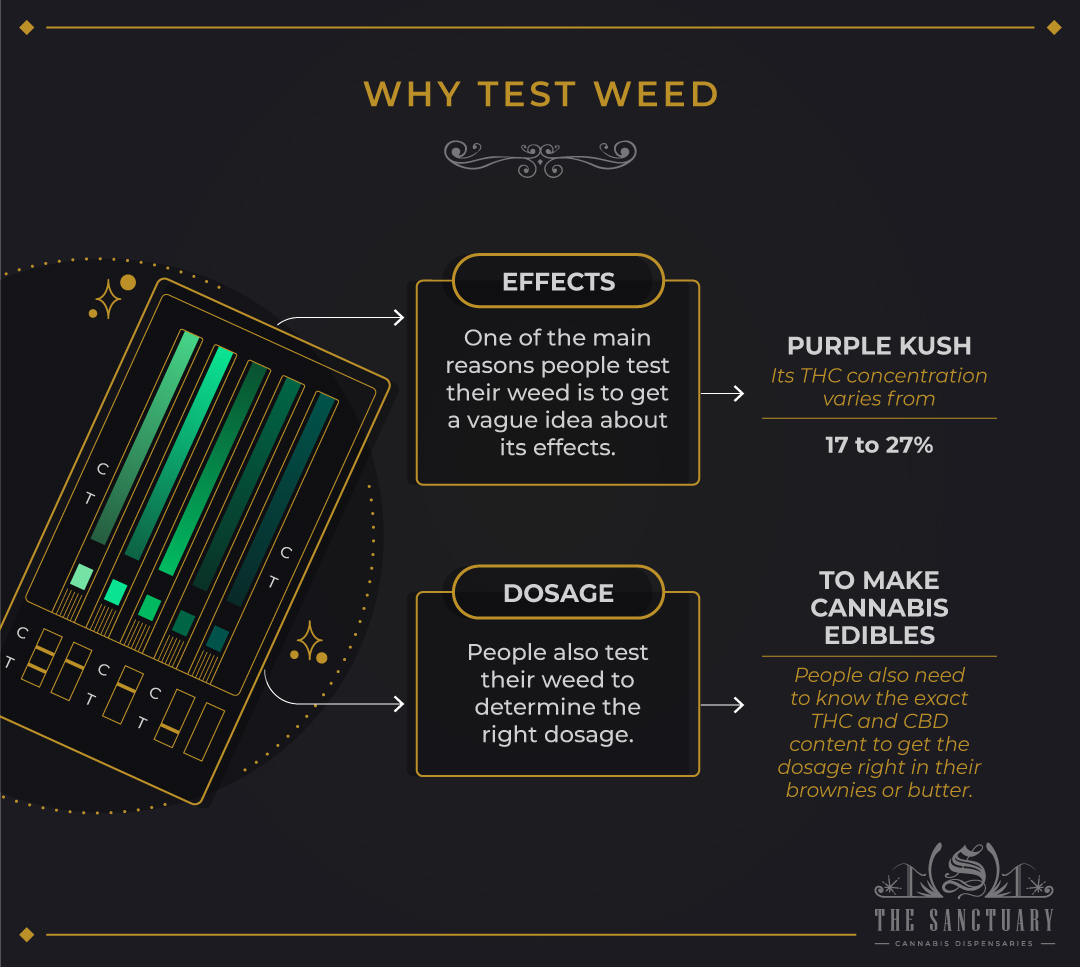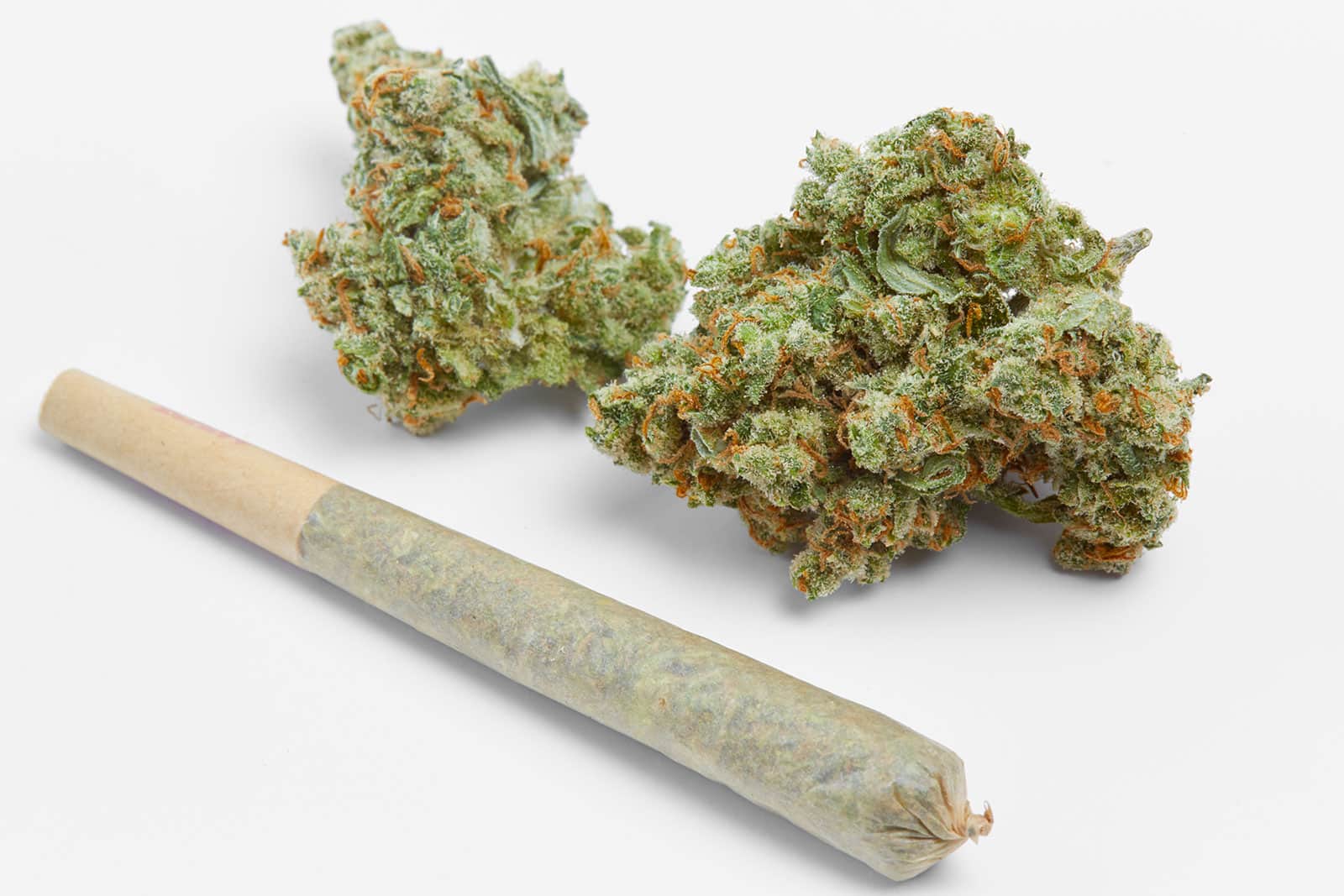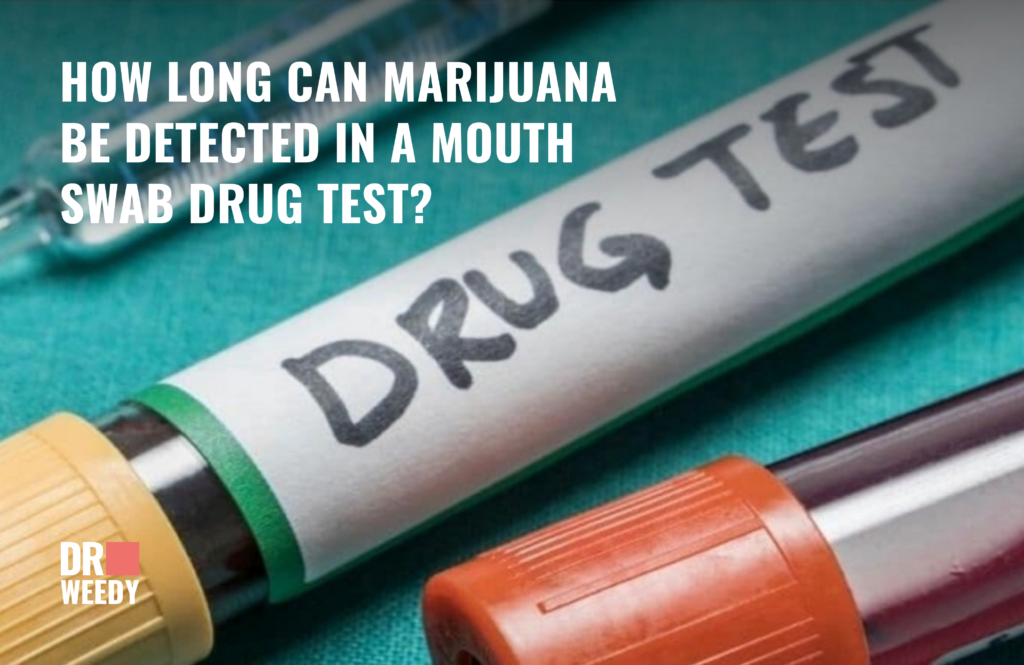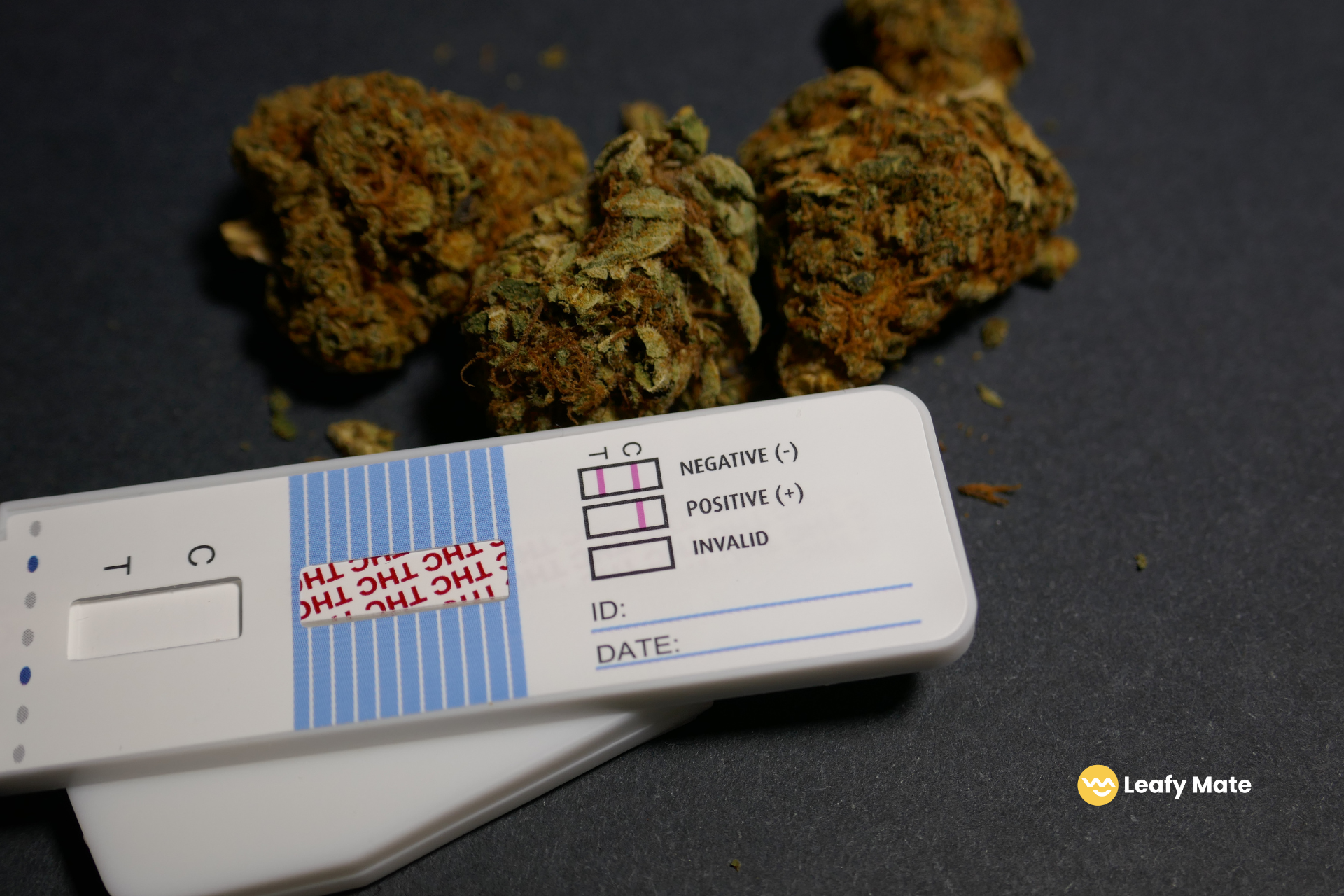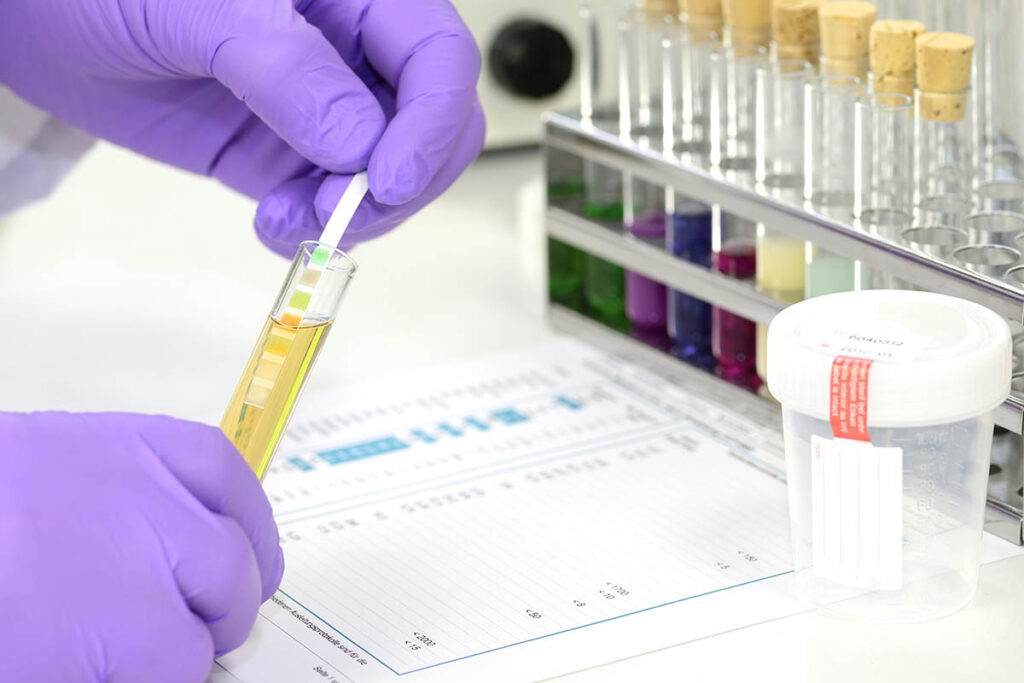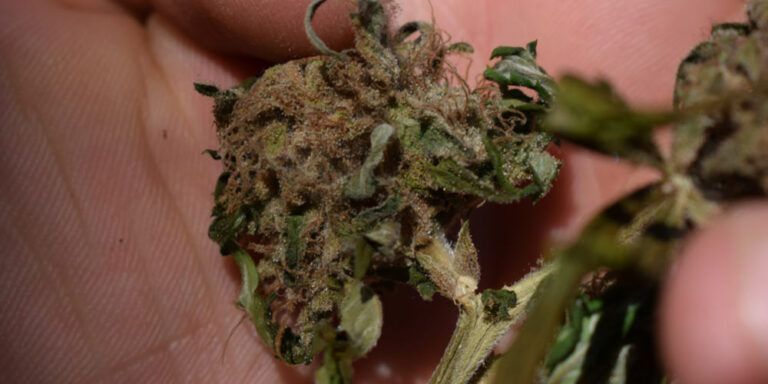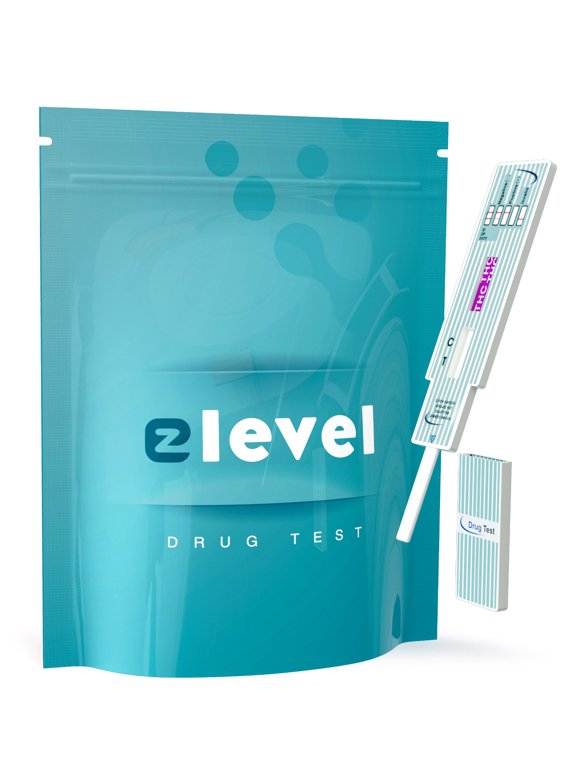How To Test Weed For Additives
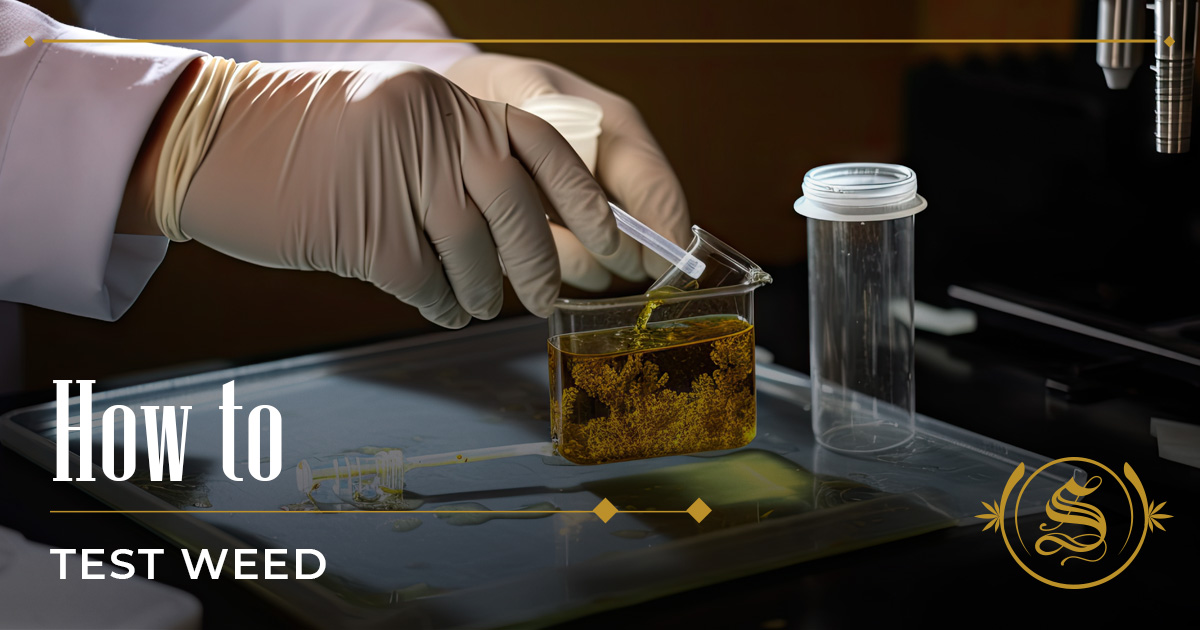
Immediate action is crucial: Contaminated cannabis is circulating, posing serious health risks.
This article details how to test your weed for potentially harmful additives, ensuring safer consumption.
Why You Need to Test Your Weed
Adulterated cannabis is a growing concern. Unscrupulous individuals sometimes add foreign substances to increase weight or alter the appearance of the product.
These additives can range from relatively harmless materials like sand or sugar to dangerous chemicals like glass or pesticides.
Consumption of contaminated weed can lead to a variety of health problems, including respiratory issues, allergic reactions, and potentially long-term damage.
Simple At-Home Tests
Several basic tests can be performed at home to identify potential contaminants.
The Visual Inspection
Carefully examine the cannabis flower with a magnifying glass. Look for unusual crystals, excessive glitter, or any foreign particles that don't appear to be part of the natural plant structure.
Pay close attention to the trichomes, the resin glands that give cannabis its potency; contaminants will often be easily distinguishable from these.
The Water Test
Place a small amount of cannabis in a glass of water. Pure cannabis should float, while heavier adulterants will sink to the bottom.
Observe the water for any cloudiness or discoloration, which may indicate the presence of dissolved contaminants.
The Burn Test
Light a small amount of cannabis and observe the way it burns. Clean cannabis should burn evenly and produce white ash.
If the cannabis crackles, pops, or produces black ash, it may be contaminated with foreign substances.
Also, pay attention to the smell. Unusual chemical odors can indicate the presence of additives.
The Acetone Test
Place a small sample of cannabis in a clear container with acetone (nail polish remover). Pure cannabis will dissolve slightly, leaving a green or yellow tint.
Many adulterants will not dissolve and will remain visible at the bottom of the container. This is an effective test for detecting grit, sand, and other insoluble materials.
Always perform this test in a well-ventilated area and avoid contact with skin.
Advanced Testing Methods
For more accurate and comprehensive testing, consider these options.
Lab Testing
Professional cannabis testing labs use sophisticated equipment to identify and quantify contaminants. These labs can detect pesticides, heavy metals, and other harmful substances with high accuracy.
Contact your local cannabis dispensaries or regulatory agencies to find certified testing labs in your area. Expect costs to range from $50 to $200 per sample, depending on the tests performed.
Testing Kits
Several at-home cannabis testing kits are available for purchase. These kits often use colorimetric tests to detect the presence of specific contaminants, like pesticides or heavy metals.
While not as accurate as lab testing, these kits provide a quick and relatively inexpensive way to screen your cannabis for potential hazards.
Reputable brands include TCheck and MyDx, but research reviews and compare options before purchasing.
What to Do If You Suspect Contamination
If you suspect your cannabis is contaminated, do not consume it.
Report the issue to the dispensary or supplier from whom you purchased the cannabis. Document everything with photos and videos.
Consider reporting the incident to your local cannabis regulatory agency. This helps track and address the issue of contaminated cannabis in the market.
Data on Contamination
According to a 2022 report by the National Cannabis Industry Association (NCIA), pesticide contamination is the most commonly reported issue in legal cannabis markets, affecting approximately 5-10% of tested products.
A 2023 study by The Journal of Cannabis Research also highlighted the presence of heavy metals, such as lead and cadmium, in cannabis samples grown in contaminated soil.
The World Health Organization (WHO) acknowledges the increasing prevalence of cannabis adulteration and emphasizes the need for improved testing and regulation.
Future Developments
Efforts are underway to improve cannabis testing standards and regulations across the United States and globally.
Research is ongoing to develop more affordable and accessible testing methods for consumers. This includes the development of portable devices that can quickly identify contaminants in real-time.
Stay informed about the latest developments in cannabis testing and regulation to ensure your safety and well-being.
